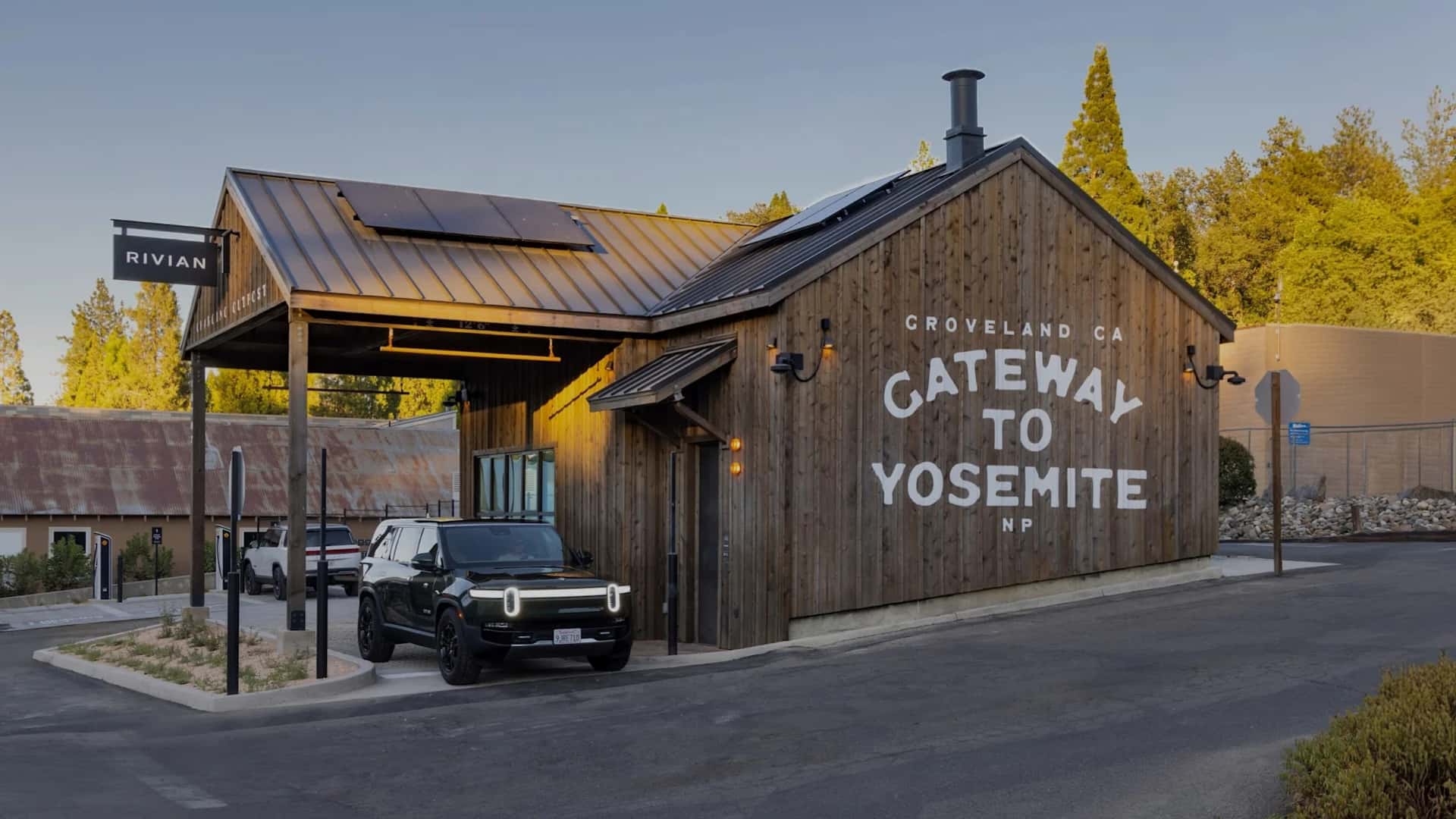
"National Parks are among America's most cherished travel destinations. They draw visitors from every state, culture and political spectrum. Driving electric vehicles through these protected landscapes makes perfect sense: quieter rides, cleaner air and no harmful gases belching into the scenery. Yet EV drivers visiting these parks still face painfully limited charging options. While more chargers are appearing in and around the parks, they remain far short of what's needed to welcome the growing number of Americans going electric, reported Friday."
"Outside the parks, along highways and major corridors, charging infrastructure is expanding rapidly. Even with EV sales growing slower than expected this year, charging companies are building ahead of demand, laying the groundwork now for future adoption. The second quarter of this year saw record deployment of public fast chargers, InsideEVs reported this month citing charging data analytics firm Paren."
National parks received 332 million visitors last year, a 2% increase. Across 63 national parks, there were about 100 EV charging stations total, mostly slower Level 2 chargers. Charging infrastructure along highways and major corridors is expanding rapidly, with record public fast charger deployments in the second quarter. Building stations inside parks faces hurdles: seasonal visitation creates uneven utilization, many parks sit far from existing grid infrastructure, and grid connections are costly and complex. Some progress exists: Yellowstone has chargers at all five entrances including a Tesla Supercharger, and companies like Rivian have invested in park charging.
Read at InsideEVs
Unable to calculate read time
Collection
[
|
...
]